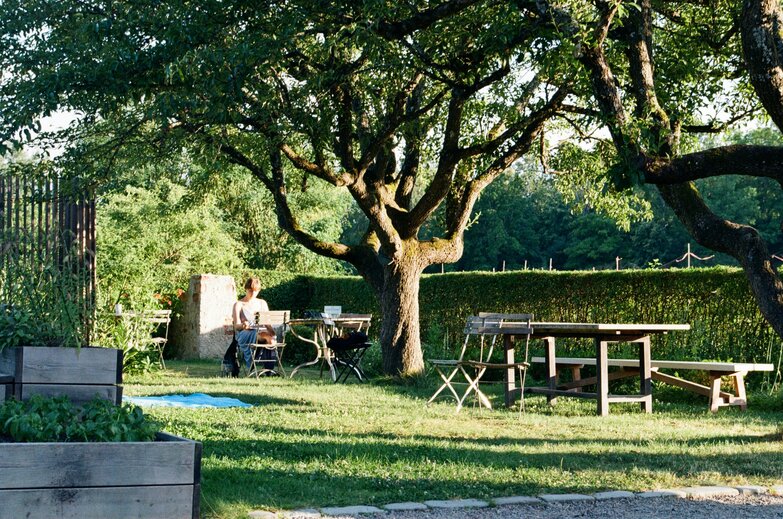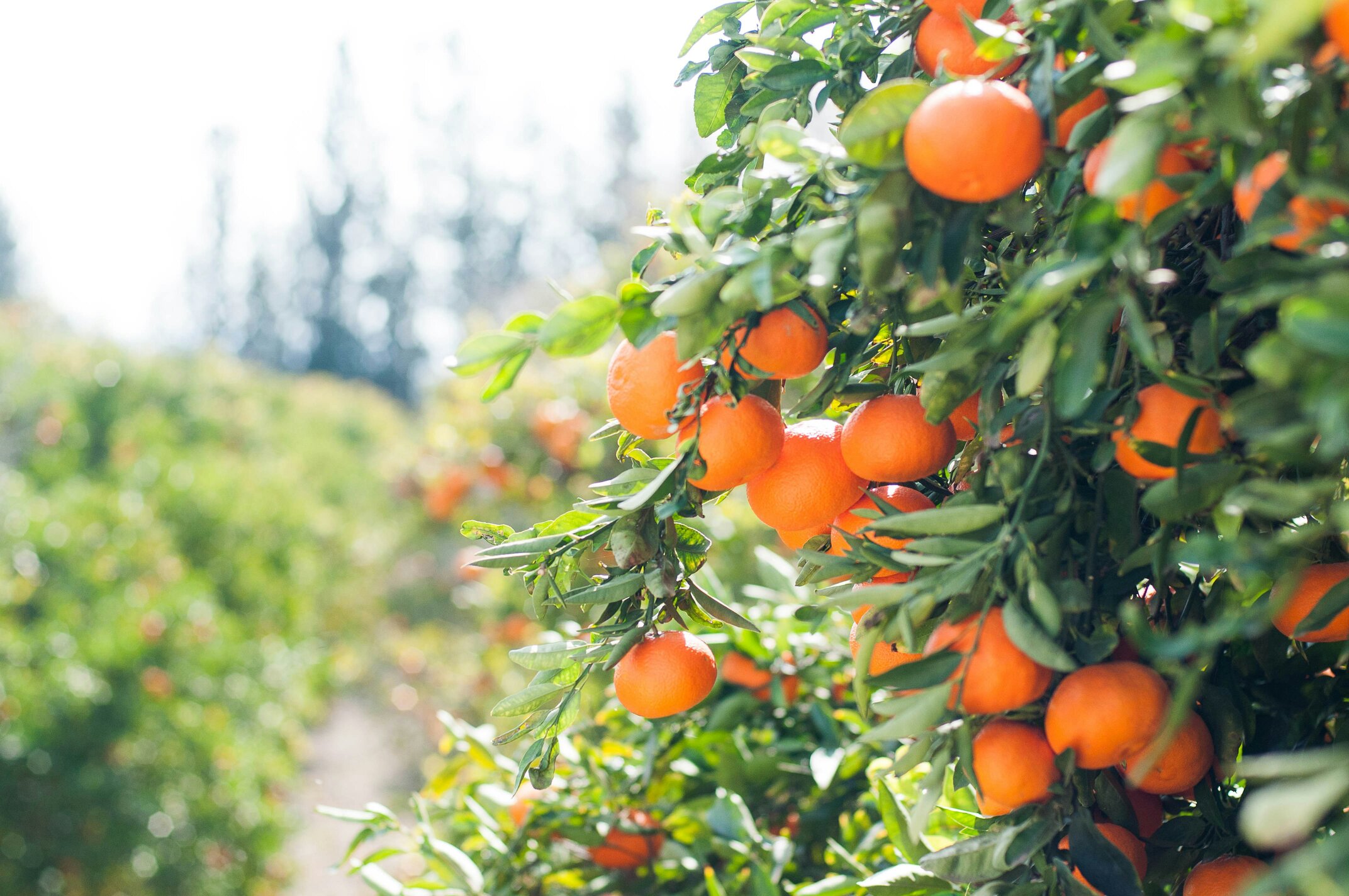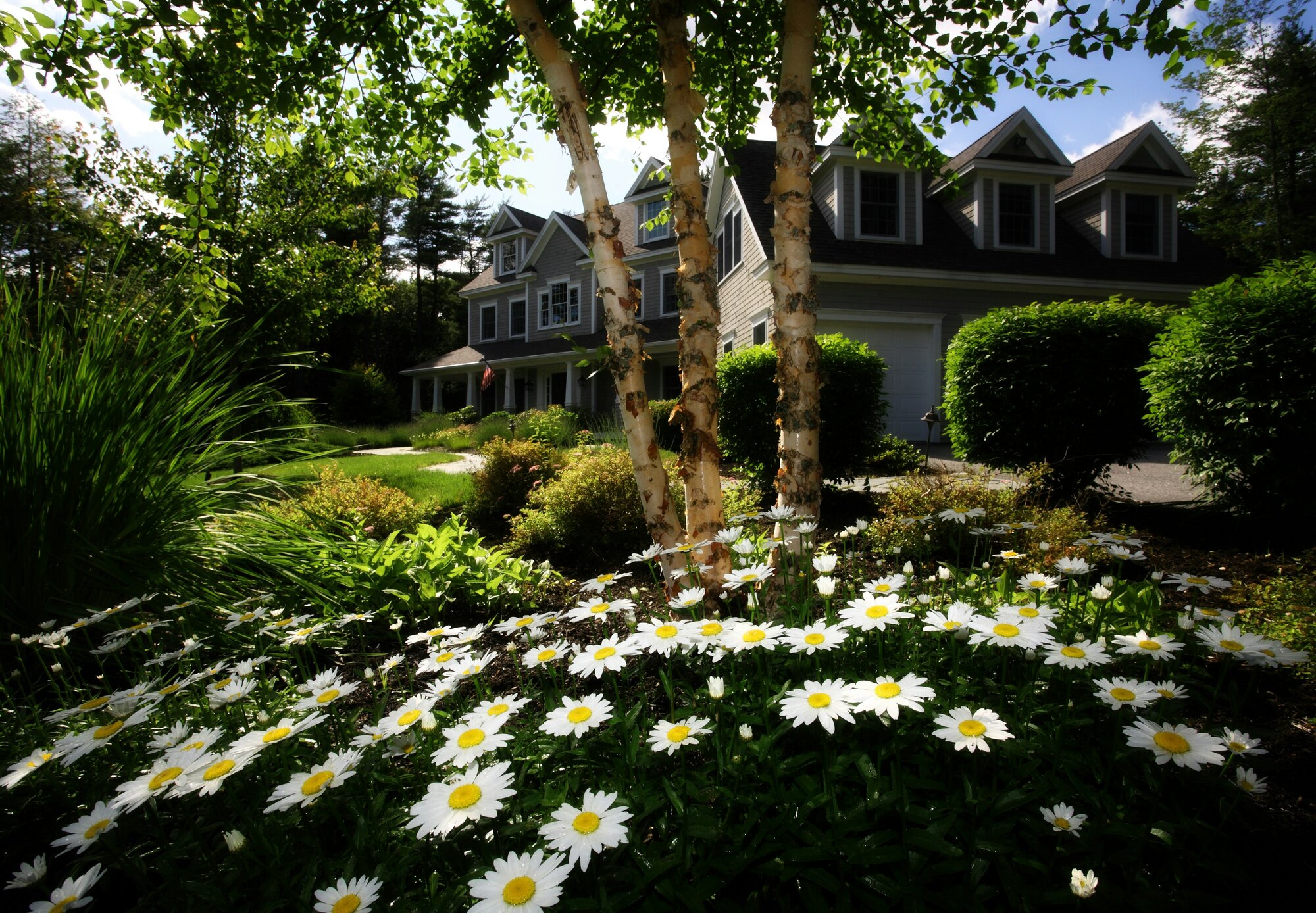
Our gardens are havens for biodiversity, and a healthy selection of trees can help nature thrive in your little patch of paradise.
From towering oaks offering dappled shade to delicate fruit trees laden with seasonal bounties, these giants enrich our lives and deserve proper care. Whether you’re a seasoned gardener or a budding enthusiast, ensuring the health and beauty of your garden trees requires knowledge and commitment.
In 2022, the government launched the England Trees Action Plan, aiming to plant millions of new trees by 2025. This initiative underlines the value of trees not just in gardens, but across the broader landscape. It is estimated that a single mature tree can absorb up to 25 kilograms of carbon dioxide per year, highlighting their crucial role in combatting climate change.
Choosing the right tools for tree maintenance
For basic pruning, invest in a good pair of secateurs for smaller branches and loppers for thicker ones. Ensure they are sharp and of appropriate size for your hand. Consider a folding pruning saw for thicker branches beyond lopper reach. Take care at the end of each year to sharpen and clean your tools, to avoid spreading diseases the next year.
For larger trees or heavy-duty work, battery-powered chainsaws offer a safer and quieter alternative to petrol models. Remember, always prioritise safety, use appropriate personal protective equipment (PPE), and seek professional help for complex tasks.
Regular pruning and trimming techniques
Prune in the dormant season (late autumn to early spring) to minimise stress. Remove dead, diseased, or crossing branches, thinning the canopy to allow light penetration and air circulation.
For formative pruning of young trees, consult expert resources or a qualified arborist. Remember, “less is more” when pruning; aim for natural shapes and avoid drastic interventions.
Diagnosing and treating common tree issues
This is crucial to prevent problems from escalating. Look for signs like wilting leaves, discolouration, insect damage, or fungal growth. Research common issues specific to your tree species and consult experts if needed. Early intervention often means the difference between saving a tree and witnessing its decline.
Year-round tree care tips
- Mulch around the base, retaining moisture and suppressing weeds.
- Water deeply during dry periods, especially for young trees.
- Be mindful of soil compaction, turn over soil around the base to allow air in.
Remember, trees are living organisms that require continuous care and observation. By understanding their needs and implementing proper maintenance practices, you can nurture your garden trees, ensuring they flourish for generations to come.
As well as providing year-round interest and potential harvests, trees also provide vital habitats to a wide range of wildlife and simply having one planted and cared for in your garden can make a significant difference to the biodiversity in your area.




